Chapin 78005 Manual
Chapin
Ikke kategoriseret
78005
| Mærke: | Chapin |
| Kategori: | Ikke kategoriseret |
| Model: | 78005 |
Har du brug for hjælp?
Hvis du har brug for hjælp til Chapin 78005 stil et spørgsmål nedenfor, og andre brugere vil svare dig
Ikke kategoriseret Chapin Manualer

17 September 2025
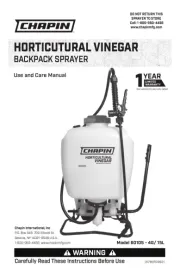
27 August 2025

27 August 2025
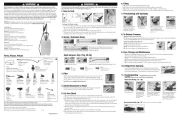
26 August 2025
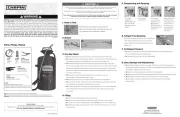
26 August 2025
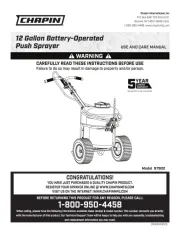
22 Juni 2025
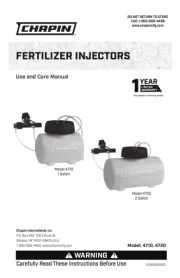
20 Juni 2025
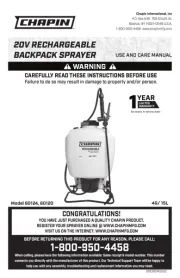
20 Juni 2025
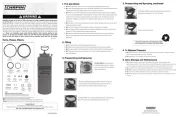
20 Juni 2025

20 Juni 2025
Ikke kategoriseret Manualer
- Ring
- Bron-Coucke
- HABAU
- Saphe
- Nintendo
- Gill
- Thames & Kosmos
- Reutlinger
- Maturmeat
- Grace Design
- Siku
- Bowers & Wilkins
- Owon
- Fun Generation
- OXI Instruments
Nyeste Ikke kategoriseret Manualer
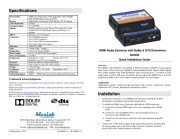
5 November 2025
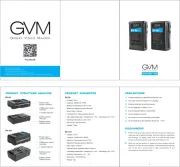
5 November 2025

5 November 2025
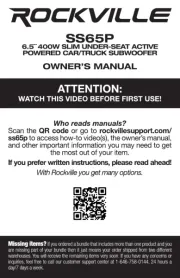
5 November 2025
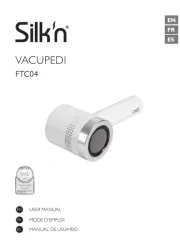
5 November 2025

5 November 2025
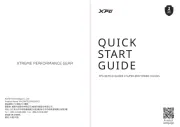
5 November 2025
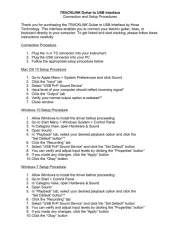
5 November 2025
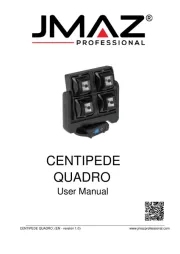
5 November 2025

5 November 2025
